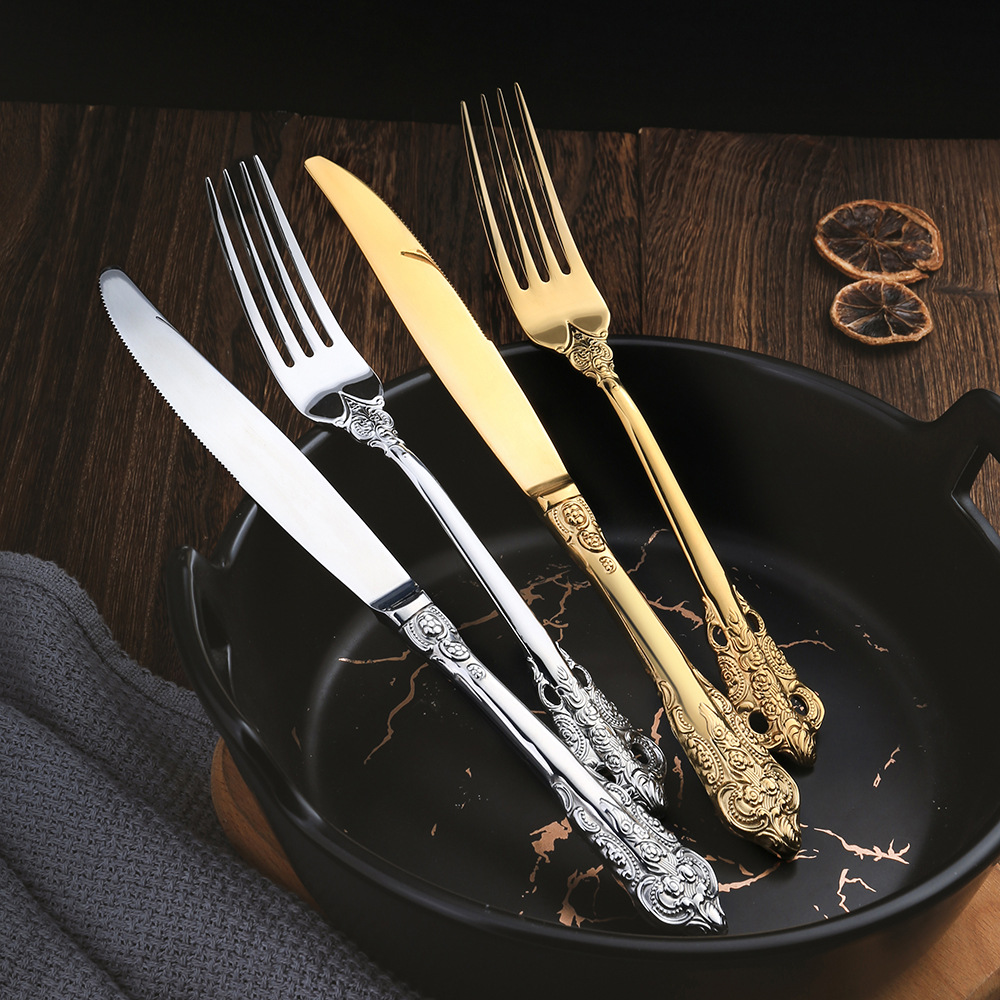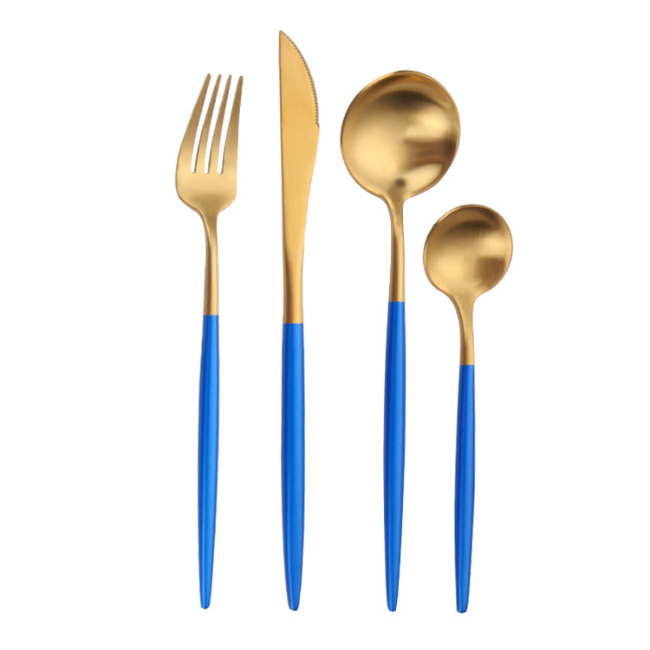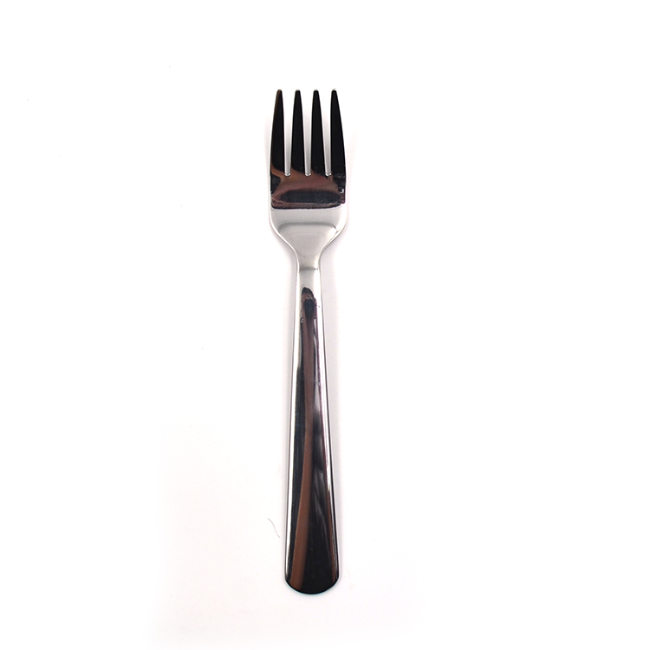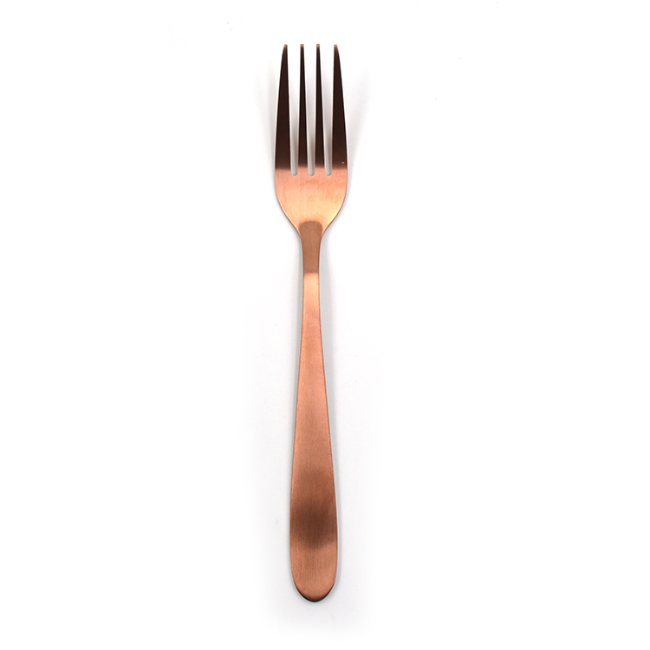
14 May
Are Bamboo Cutlery Environmentally Friendly?
Are Bamboo Cutlery Environmentally Frien...
Are Bamboo Cutlery Environmentally Friendly?
Bamboo cutlery has gained considerable attention as an eco-friendly alternative to traditional plastic or metal utensils. As more people become environmentally conscious, the demand for sustainable products, such as bamboo cutlery, has increased. But are bamboo cutlery options truly environmentally friendly? Let’s explore the benefits of bamboo as a material, its impact on the environment, and how bamboo cutlery compares to other common alternatives like artisan cutlery and great eastern cutlery.
1. Bamboo: A Renewable Resource
One of the main reasons bamboo cutlery is considered environmentally friendly is that bamboo is a fast-growing plant. Unlike traditional hardwood trees, bamboo can grow up to 39 inches (1 meter) in a single day. This rapid growth rate makes bamboo an excellent renewable resource. Unlike Homefelt cutlery products, which might use more resource-intensive materials, bamboo doesn’t require decades of growth to reach maturity, making it a sustainable choice for manufacturers.
Bamboo’s ability to regenerate quickly and without the need for replanting is a huge advantage over other materials like plastic. Plastic production often relies on petroleum and takes hundreds of years to decompose, contributing to pollution. In contrast, bamboo can naturally decompose without leaving harmful residues.
2. Biodegradable and Compostable
Another reason bamboo cutlery is environmentally friendly is that it is biodegradable and compostable. Unlike plastic cutlery, which ends up in landfills for centuries, bamboo cutlery breaks down naturally within a few months. This reduces waste and minimizes the long-term impact on the environment. The compostable nature of bamboo means that even when discarded, it won’t harm the soil or ecosystems like plastic can.
However, it's important to note that not all bamboo cutlery is created equally. Some products may be treated with chemicals during the manufacturing process, which can hinder their biodegradability. Always look for products made with sustainably sourced bamboo and minimal processing to ensure the cutlery’s environmental benefits.
3. Bamboo Cutlery Compared to Other Materials
While bamboo is undoubtedly a more eco-friendly option than plastic, how does it stack up against other materials commonly used in cutlery production? Let’s look at a few options:
Metal Cutlery: Metal cutlery, such as Great Eastern Cutlery, is durable and long-lasting, but it requires significant energy for production. Mining, smelting, and refining metals can have a substantial environmental impact, although metals like stainless steel are recyclable.
Wooden Cutlery: Wooden cutlery, while a renewable resource like bamboo, can still contribute to deforestation if not sourced sustainably. Unlike bamboo, which regenerates rapidly, wood takes much longer to grow back.
Plastic Cutlery: Plastic cutlery is perhaps the least environmentally friendly option. It takes hundreds of years to decompose, and much of it ends up in oceans and landfills, harming wildlife.
4. The Role of Homefelt in Eco-Friendly Cutlery Production
At Homefelt, sustainability is a key consideration when producing high-quality cutlery. While artisan cutlery from Homefelt is known for its exceptional craftsmanship and durability, the company has increasingly turned to sustainable materials like bamboo for certain product lines. By incorporating bamboo into its offerings, Homefelt is helping to reduce reliance on plastics and metals that can have a long-lasting negative effect on the environment.
Homefelt’s commitment to sustainability goes beyond just using eco-friendly materials. The company ensures that all its products are made with minimal environmental impact in mind, promoting a cleaner and greener planet. If you’re looking for cutlery that’s both functional and eco-friendly, Homefelt’s bamboo cutlery may be a great choice.
5. Conclusion: The Environmental Benefits of Bamboo Cutlery
In conclusion, bamboo cutlery is indeed an environmentally friendly alternative to plastic and metal cutlery. Its rapid growth, biodegradability, and minimal environmental impact during production make it a fantastic choice for eco-conscious consumers. Compared to artisan cutlery or great eastern cutlery, bamboo cutlery stands out for its sustainability, especially when sourced responsibly. If you’re committed to reducing your carbon footprint and embracing eco-friendly living, bamboo cutlery from brands like Homefelt should be at the top of your list.





